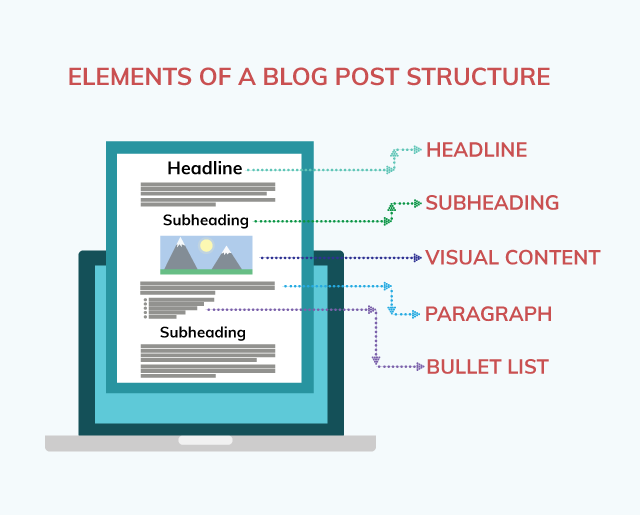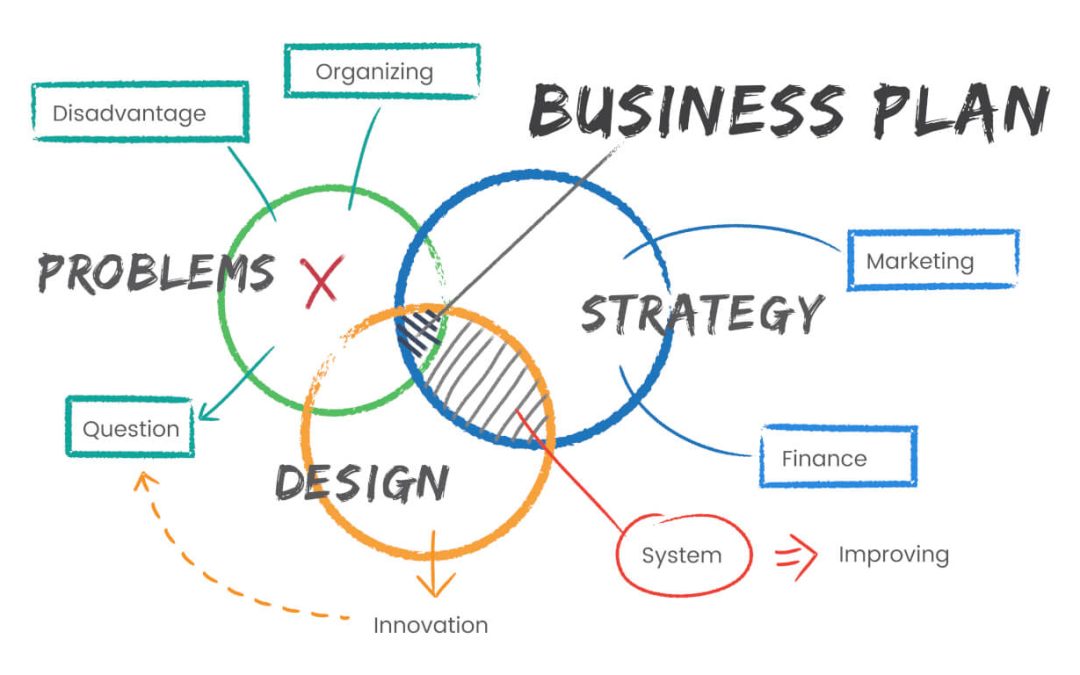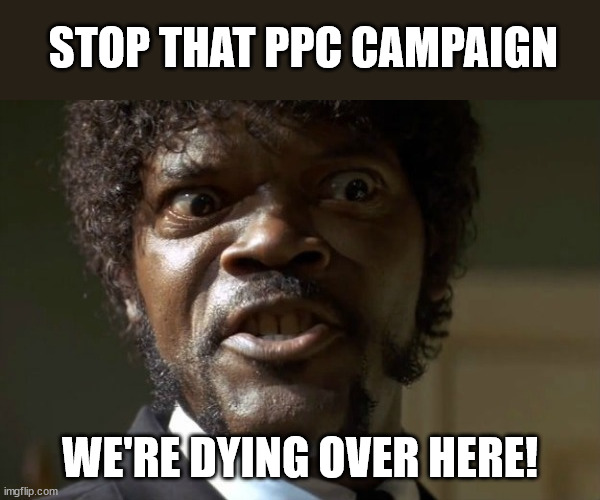Recently I heard a comment I just can’t get out of my head. It goes something like this: “Why would I use a concrete blog post structure, it just messes up my creativity!” Copywriters who continue to think like this are beyond help and don’t understand the power and purpose of a well-written blog post.
This is just one of the reasons why a blog post doesn’t rank well on Search Engines, and ultimately why it doesn’t convert.
Another reason could be poor quality; usually happens if the research is not done well, or a bad choice of focus keyword, lack of engaging visuals, etc.
My point here is, producing quality content is time-consuming, and can be confusing if you don’t understand the subject you are writing about. But, if you know how to write a good blog post structure, it will serve as a guide and it won’t let you stray away from your topic. And then, it will be much easier to add details and follow other requirements for a converting blog post structure.
So, for those copywriters and marketers who want to learn how to write a solid, clear blog post structure that converts, here is a blog post that will teach you how to do it. You will learn how to write an interesting and engaging blog post following the necessary steps.
Without further ado, let’s get started!
Reader’s Journey Through Your Post

The first thing your reader sees is the headline. If you don’t catch your reader’s attention right from the start with a good headline, they won’t continue reading.
Second, if the headline catches your reader’s attention, they will read the first sentence or the whole introduction. After that, the reader will scan the blog post structure (subheadings, bullet lists, and visual content like images, infographics, videos…). Then they will continue reading some parts they find interesting or leave for good.
According to this research, 60% of the participants finished the short blog post they didn’t read but rather scanned. This research though has its limitations. First, the participants knew they were studied and probably expected questions about the post, so they read more than usual. Second, the limited time of 30 seconds for reading causes someone to rush through the text or not read it to the end.
Let’s check what was concluded from that research:
What we already knew: people don’t read.
- 97% read the article title.
- 98% looked at the sub-title, but it was more of a glance than read.
- 60% finished the article, but the time spent on content shows they were skimming rather than reading everything.
- 91% read the image caption.
- banner ad got less than 1.5 seconds of attention.
A good blog post structure serves as a compass to help navigate through the text and not only for readers but Search Engines as well.
The Search Engines (mainly Google) are the ones who bring organic traffic to your posts/website. This means your post, first of all, must be found. So, if you don’t know how to make a good blog post structure backed up with good SEO (search engine optimization), your post will not rank.
Let’s see how to remedy that.
Start With SEO In Mind

SEO is one of the most essential strategies you should use if you want to rank high on Google. It is a complex subject on its own, and we will not go into specific detail here, just keep in mind that SEO is responsible for the majority of your traffic. So, everything you do online to establish your web presence (web pages, content, link building, etc.) should be optimized for SEO.
When content is in question, SEO based research and a keyword is a must for a blog post structure that converts.
In-Depth Research is a Must
It’s essential to know what you are writing about as well as who you are writing for. The topic will depend on your product or service or some other objective you are after.
Your research should be backed up with trusted sources. Make sure they are recent, and there is plenty of them. This will add to the quality of your posts as well as your blog post structure as opposed to poor quality posts where the lack of proper research is too obvious.
In this phase, you should also think of your target audience. Who are you writing for? Who is your ideal customer persona? Knowing the answers to these questions will help guess your users’ intent easier when people are searching on the Internet.
Keywords Everywhere
Once you started on your topic’ research keywords will easily form. But the trick is in finding the right, what we call it, focus keyword or phrase. Without one, your blog post structure will not be optimized for a specific term people are searching for. This means your blog post will not rank in Google. It is that simple.
If you are not sure how to find the right keywords, some apps and tools can help you, like Google’s Keyword Planner, for example.
Once you determine the focus keyword, use it throughout the text, especially in the following places for good SEO and scannable blog post structure:
- Introduction
- Subheading
- Body
- Bullet list, or
- Numbered list
- ALT text
- Meta description
- Tags
- Conclusion
Bear in mind that focus keyword/keyphrase usage in the body of the blog post can be a double-edged sword. Use it rarely, and your text won’t be relevant for that search phrase. Use it too often, and Google will accuse you of keyword stuffing. According to Yoast, the recommended keyword density is 0.5% to 3%.
After you finish your research and define keywords, it is time to create a blog post structure. Let’s see what a good structure should look like.
Elements Of An Efficient Blog Post Structure

The blog post structure is your post’s skeleton and the foundation of your social message.
The primary purpose of the structure is to make the text more consumable and easy to navigate. It also helps Google to see what your article is about or if it’s relevant. Search Engines, similar to the readers, first scan the blog post structure, keyword density, and positioning. According to the findings, it categorizes your post as relevant or irrelevant, which is directly connected to your ranking.
Following are the elements every good blog post should have:
Headline
The headline is the most critical part of any converting blog post structure. If it is done correctly, it can substantially increase your conversion rate. For this reason, it should be carefully crafted to catch your readers’ attention and make them read the whole article.
Even though there is a whole science behind a powerful headline, there are some essential tips you can follow when crafting it:
- Use the 4 u’s formula: urgent, unique, useful, ultra-specific
- Include your focus keyword
- Use emotion-evoking words
- Use numbers and statistics
- Generate curiosity
- Provide a solution
- Keep it simple
- Be clear
These are just some of the points you should take into consideration, but these should be enough to get you started.
Subheadings
A subheading should be short and descriptive. They organize the text into smaller pieces easier to swallow. Together, the headline and subheadings should tell a short version of the content.
As we saw earlier, people read scan the blog post structure, mostly the subheadings. They help the readers decide which part they’ll read or skip.
Note: For better ranking, include the focus keyword in at least one subheading.
Paragraphs
Paragraphs are essential parts of a good blog post structure. They represent one idea or thought and make the text more consumable and easier to navigate. There’s no strict rule on how long a paragraph should be, but the recommended length is no more than 3 sentences on average, mixed up with shorter and longer ones.
Additionally, your paragraphs should differ in length; mix up some short and some longer paragraphs, so the text doesn’t feel monotonous or chopped.
Bullet Lists/Numbered Lists
People love lists of any kind, and this is why they should be included in a blog post structure that converts. Adding a bullet list is yet another way to make the content more consumable since they give the eye a chance to rest from reading big blocks of text. Also, bullet lists can be used to introduce or conclude the points made with the content.
Furthermore, it is preferable to use keywords in the bullet lists for good SEO.
Visual Content

Image Source: The Ultimate Guide to Creating Visually Appealing Content
Images, infographics, videos, blockquotes…
Visual elements are remembered way more than the text itself. They make the content visually appealing. And depending on the quality, they bring more value to your blog post, making it relevant and trustworthy.
As a part of a good blog post structure include:
- Images are used to break the text into smaller parts to help the eyes rest. They also help to visualize the point you’re trying to make with your text. The featured image is almost as important as the headline; it serves to engage and interest the reader, so make it count.
- Infographics are very popular, usually used for statistics. If your goal is to bring more traffic from Pinterest, infographics are the way to go. They look good on Pinterest layout and catch the attention if made well.
- Videos add value to the content and boost the time users spend on the page. In 2019 videos are an important part of marketing strategy, and it is predicted that their popularity will only rise. And Google likes videos too!
- Lastly, make blockquotes of the most important parts of your text to highlight it or quote a statement that is relevant for your article.
When you are using content that is not yours, remember to credit the source. Otherwise, it is just stealing, and that is never a good idea.
Other Considerations
The blog post structure should tell the message you want to convey on its own. Then you fill in the details. But the work doesn’t end there; once you finished your text, let it sit for a day and go through it the next day with fresh eyes. You will find mistakes or some other things you want to improve on. While you’re at it, check the following:
- Are the headline and subheadings matching the content?
- Do you have enough transitional sentences and words?
- Check for unfinished thoughts and correct them, if any.
- Avoid passive voice for the most part.
- Correct grammar.
- Keyword density.
I mean, who likes to read grammar errors and boring passive voice? Or a text that it’s hard to understand or is of poor quality? Make sure to correct every mistake you can find. Because if you don’t, the editor will, and that is never fun.
Increase Conversion Rate With An Engaging Blog Post

To get to the CTA (call to action) stage, you have to catch the attention of the reader throughout your whole post. Let’s repeat and check some additional points that will make your good blog post structure great:
- Use these 600+power words that convert through your blog post structure and body to boost conversion rates. Power words target specific emotions you want your readers to feel. More emotion equals bigger conversion rates. In the end, you can check the sentiment and emotions of your social updates with Populizr.
- Use transitional words, phrases, and sentences to make the text flow naturally, so it is easier for the reader to connect the parts and understand your points.
- Know and use your User Persona as a base for a great blog post. Speak directly to that audience with the right words, emotions, and understanding.
- Before becoming a customer, a prospect must trust your blog post and your page. So keep posting great content regularly and give the readers what you’ve promised. Also, good design is the key for a post or site to look trustworthy and to attract the right audience you are after.
- Include CTA (call to action) and be more focused on the customers and their needs. Give them something valuable and useful like a free eBook, or PDF, a template they can use for some specific purpose, etc. In exchange, ask them to subscribe, or to purchase a product or a service, it all depends on what it is you’re trying to achieve with a particular blog post.
- Make a clear blog post structure. Invest more time in the headline, make the subheadings shorter, and clear to understand. Break the text into paragraphs and bullet lists easier to swallow and include visual content to catch and rest the eye.
- All these points are meant to improve your ranking on search engines. Optimizing for SEO will increase your conversion rates.
A carefully crafted blog post structure will help your article rank much higher on Search Engines, helping you in the ongoing battle with your competition. Have in mind that the organic traffic scores higher, bringing in more readers, leads, and, over time, customers (read: profit). Customers will return because of the trust they have in the quality and knowledge you are providing.
Conclusion
Quality blog posts backed up with good research are in high demand. Just think how hard it is to find something relevant when looking for information online. Once you focus on producing this type of content, many benefits will follow like better rankings, more traffic, and leads, increased conversion rate, etc. Your readers will, over time, become your customers because they will recognize your content as relevant and solution-based, where the customer is valued the most.
It is a long way to get there, though. And it all starts with a good, Search Engine optimized blog post structure.
I provided that blog post structure here as a starting point for your future copywriting success. Follow the steps and get better at it with each new blog post. And you will see results.
If this is still confusing or if you have any questions, please leave us a comment or contact us. We are more than happy to help.






